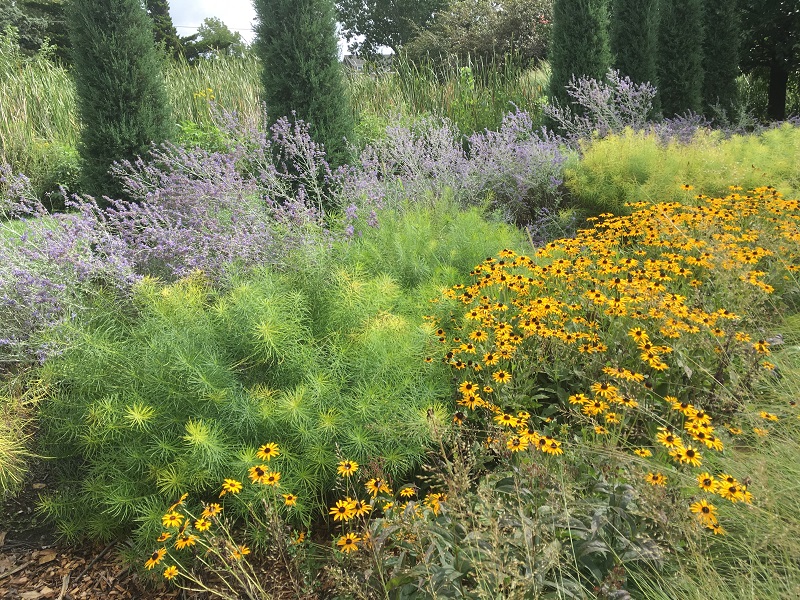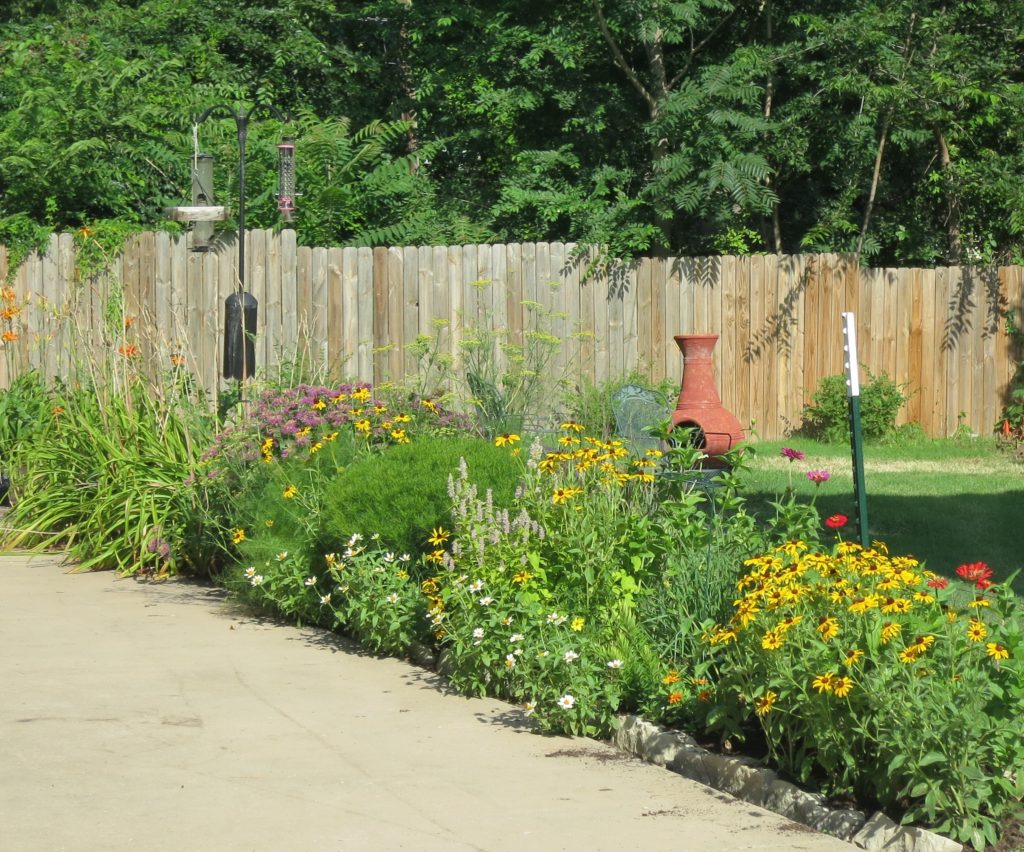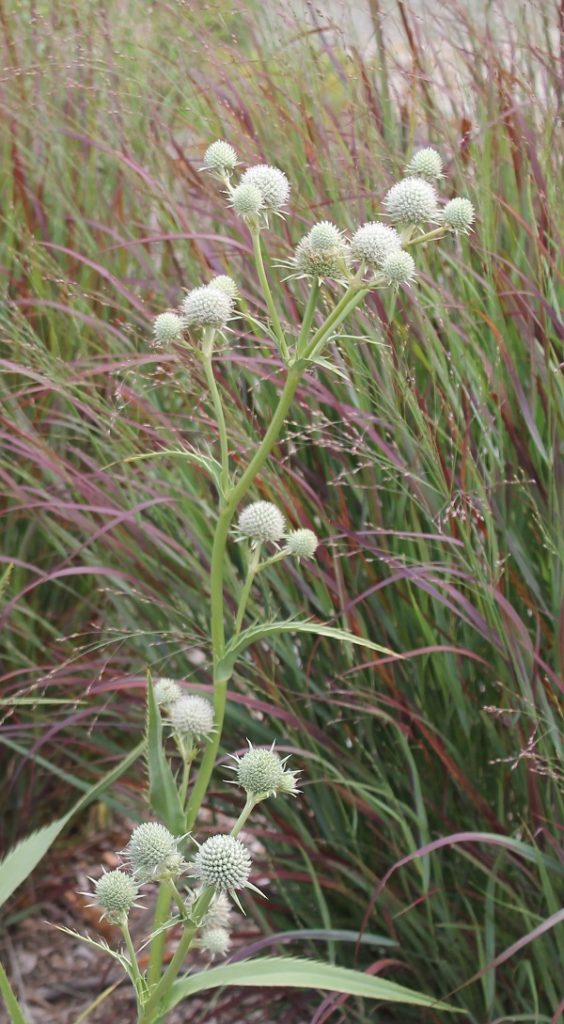It has been an interesting year weather-wise, to say the least. We have seen monsoon flooding and sweltering heat. I would like to say that this is another typical year in Kansas, but I don’t know what typical is anymore. So with all the highs and lows, wet and dry, what will grow here? How can you choose trusted plants with confidence, knowing that they are right for your site?
Plants are the best teachers
The simple answer is to look to nature to show you the way. Plants are the best teachers. So go ahead and choose plants that you believe will grow without much input on your part. After a year or two you will have a pretty good idea which plants grow best. You will need to plant more of the plants that are thriving and find a new space for those that are struggling. Every good gardener has had their share of plant failures, but they keep finding new plants that work. Don’t get discouraged, this is all part of the process of growing plants in a harsh environment.

Every Landscape is Unique
The other thing to keep in mind is that every landscape is different. What works for your neighbor may or may not work for you. The plants they use may not be your cup of tea. Choose plants you like and appreciate to make your landscape uniquely yours. It doesn’t have to be perfect, but it does need to bring you joy, fulfillment and increase your confidence to try new things.

Start Small
Start with a small area and slowly expand it. This way your garden doesn’t overwhelm you. From weeding, to watering, to maintaining your garden space, establish a garden you can manage with just a few hours each week. More than likely, it will not be perfect the first time, but with trial and error you will discover the types of plants that work in your areas.

A Reflection of You
From those humble beginnings, you will have a space that reflects your interests and tastes. Here are a few of my favorite “go to” plants. I confidently use these plants because they are quite adaptable and provide consistent color, texture and/or bloom. Some of these plants may work for you too.
Grasses for Sun
- Switchgrass: Panicum ‘Northwind’, ‘Ruby Ribbons’, or ‘Purple Tears’
- Prairie dropseed: Sporobolus heterolepis
- Blue grama: Bouteloua gracilis ‘Blonde Ambition’
- Little bluestem: Schizachyrium scoparium ‘Twilight Zone’, ‘Standing Ovation’, or ‘Jazz’
- Feather reed grass: Calamagrostis ‘Karl Foerster’ (Not native, but it has nice form and texture)
Wildflowers for Sun
- Aster: Aster ericoides ‘Snow Flurry’, Aster laevis ‘Bluebird’, Aster lateriflorus ‘Lady in Black’, Aster oblongifolius ‘Raydon’s Favorite’ or ‘October Skies’
- Ornamental onion: Allium ‘Millennium’
- Blue star: Amsonia hubrichtii, amsonia illustris and ‘Blue Ice’
- Baptisia varieties
- Coneflowers: Echinacea angustifolia, pallida, and paradoxa. Hybrid varieties are nice if properly placed.
- Rattlesnake master: Eryngium yuccifolium
- Blazing stars: Liatris aspera, punctata, pycnostachya and spiccata
- Primrose: Oenothera missouriensis
- Penstemon ‘Dark Towers’
- Wild quinine: Parthenium integrifolium
- Black-eyed Susan: Rudbeckia missouriensis, fulgida, maxima, or triloba
- Goldenrod: Solidago ‘Golden Baby’, drummondii, nemorails, rigida, ‘Fireworks’, or ‘Wichita Mountains’
- Spiderwort: Tradescantia ohiensis
- Ironplant: Vernonia lettermanii ‘Iron Butterflies’
Grasses and Wildflowers for Part Shade
Yarrow, Amsonia, Aster divaricatus ‘Easter Star’, Solomon’s Seal, Coreopsis, Heliopsis, Monarda, coneflowers, phlox, coral bells, Rudbeckia, goldenrod, culver’s root, golden alexander, prairie dropseed, river oats (use with caution), sedges, and bottlebrush grass.
